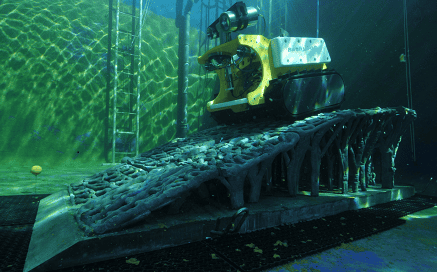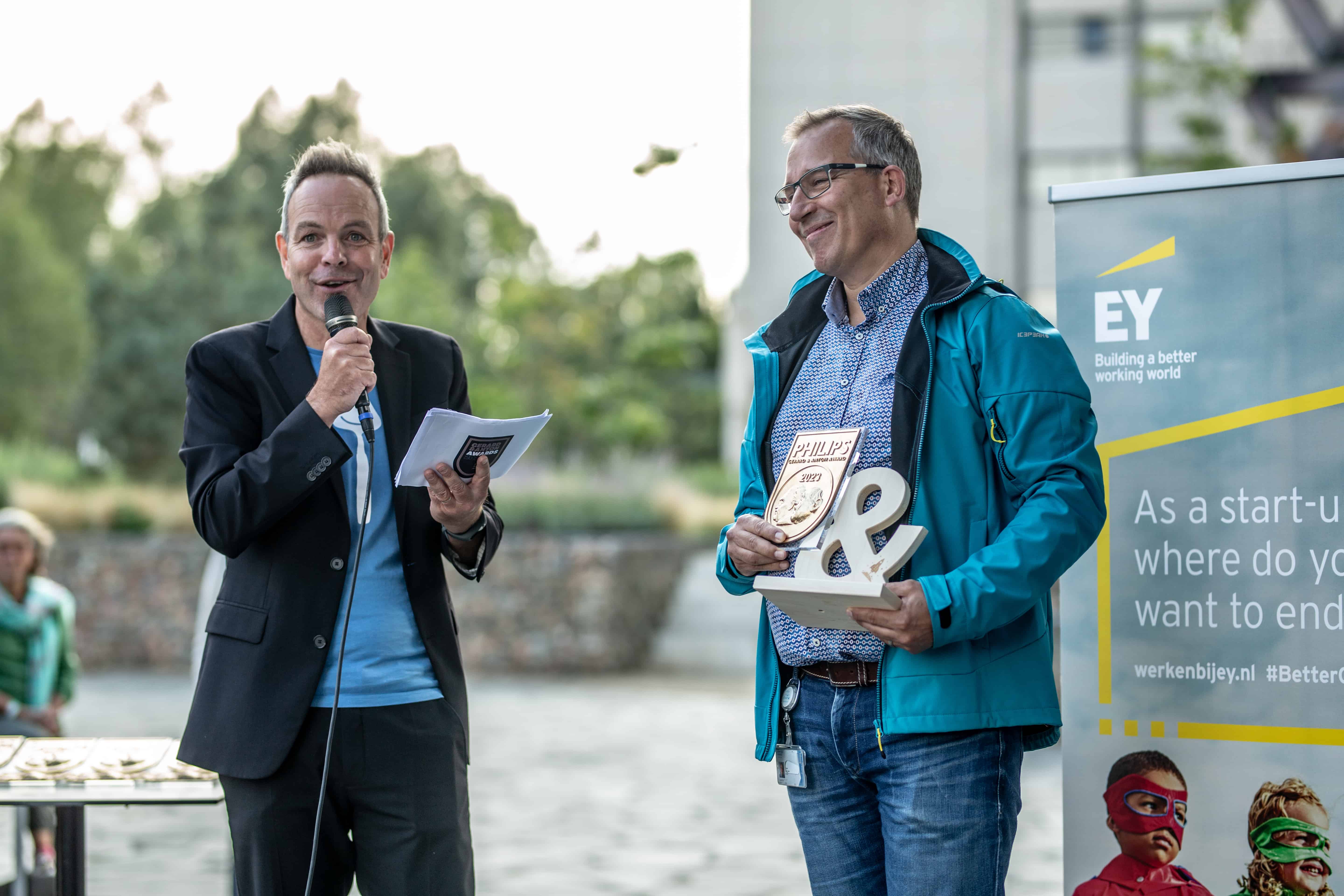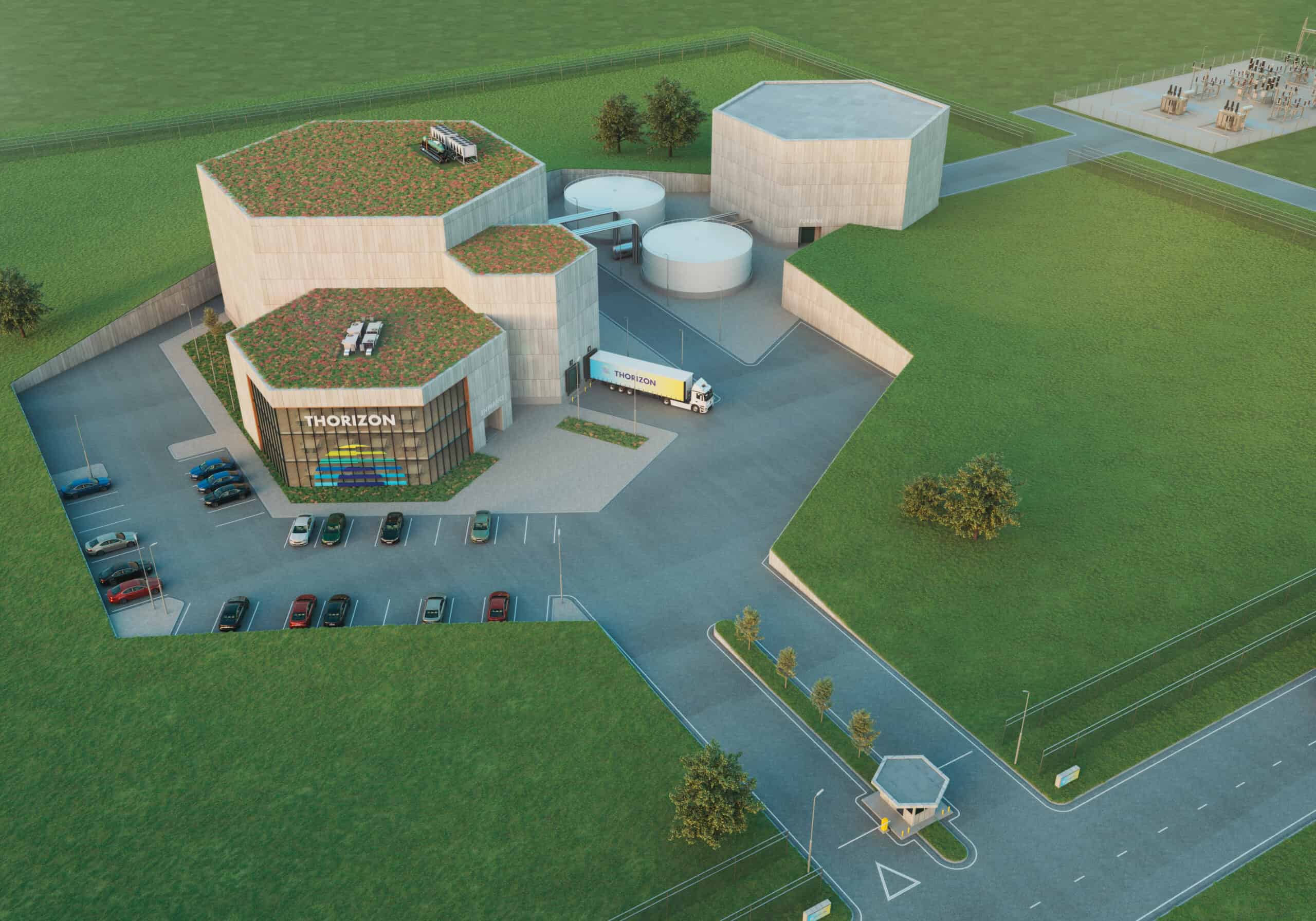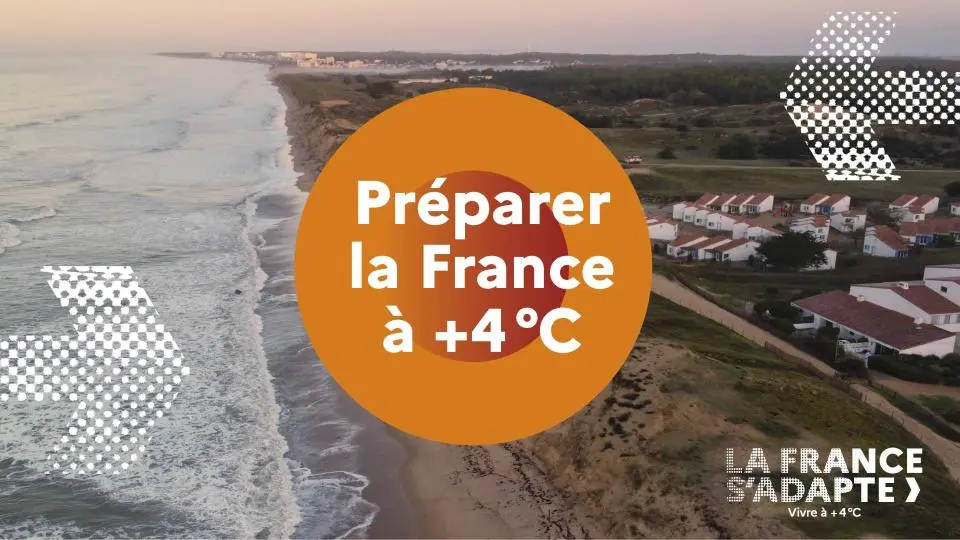
BathyBot has just woken up at the bottom of the Mediterranean Sea, 2400 meters below the surface. It is the first remotely operated mobile robot installed so deeply and also the first that will continuously document the colonization of an artificial reef in this environment, as part of a mission led by a CNRS team. BathyBot, the BathyReef artificial reef, and other oceanographic instruments were deployed in the Gulf of Lion by the French Oceanographic Fleet operated by IFREMER, says CNRS in a press release.
It will not explore another planet, but an environment that we know almost as little about. Since April 19, BathyBot has been observing the Mediterranean sea floor, more than 2400 meters deep. The world’s first scientific robot permanently installed at such a depth, together with other instruments, it will study this environment and its characteristics in real time thanks to its high-speed connection, for at least five years.

Sensors
Imagined scientifically by teams from the Institut Méditerranéen d’Océanologie and technically by the Division Technique of the Institut National des Sciences de l’Univers du CNRS, BathyBot carries sensors to measure parameters including temperature, salinity, current speed and direction, particle flow and oxygen concentration. It will analyse the surrounding bioluminescence using a hyper-sensitive camera.
BathyBot will study the biodiversity of the deep sea at its site of operation, the impact of water movements on these ecosystems, the carbon cycle and how those change in the Mediterranean’s deep waters in the face of atmospheric disturbances, and also acidification, evolution of temperature and oxygenation. Remotely operated from land, it will be the eyes of scientists in this unknown world.
Artificial reef
They hope to be able to observe the colonization of the artificial BathyReef reef that has been placed alongside the robot. This was made of concrete, an inert and mineral material, and from a complex bio-inspired structure offering a large colonizable surface. The research laboratory at architecture firm Rougerie+Tangram designed BathyReef, optimizing the use of resources, including an open structure. It was then created in 3D-concrete printing by the Vicat group. The duo formed by BathyReef and BathyBot will be the first to offer monitoring of the colonization of an artificial reef deliberately immersed at such depths.
A mission at sea
They had been set up in February 2022, during a mission at sea led by the ship the Pourquoi pas? and the Nautile submarine, both part of the French oceanographic fleet operated by IFREMER. A seismometer, a radioactivity probe, and a biocamera to observe passenger events and test light stimulation scenarios of deep species were also installed. These instruments and BathyBot have all been connected to the scientific junction box developed by IFREMER. This smart network acts as both a ‘power strip’ to power them and a ‘high-speed internet box’ to control them and send the acquired data in real time to land.
No power
Unfortunately, BathyBot has remained too long without a power supply, since the system moving it on the bottom is not currently operational. Disappointment about this was quickly overcome by the exceptional images already acquired, after only a few days, through the robot’s two cameras: very many fish, and also more discreet transparent organisms, pass through every day. A future mission may solve the current technical difficulty.








